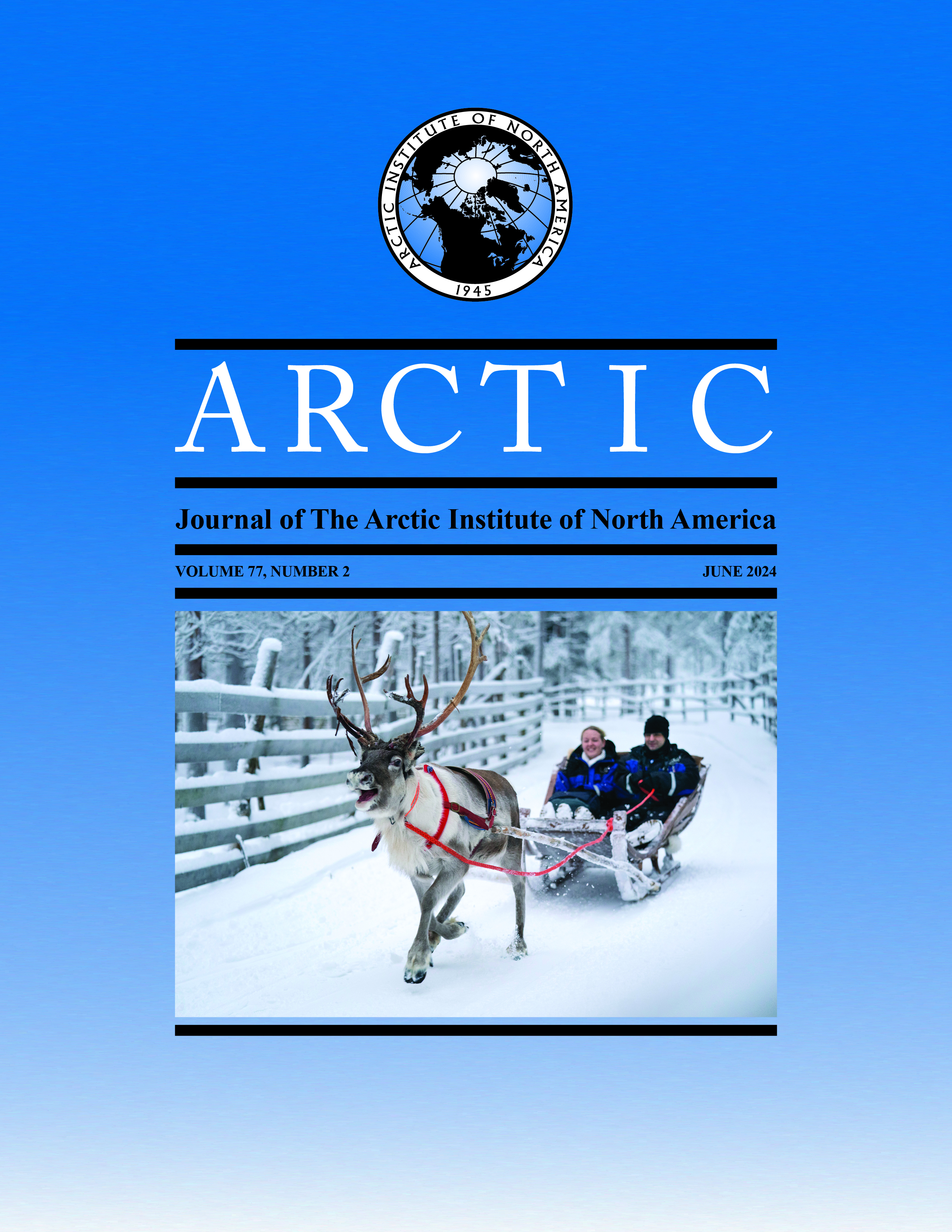Permafrost Food Storage Monitoring and Vulnerability Assessment in Utqiaġvik, Alaska
DOI:
https://doi.org/10.14430/arctic79682Ключевые слова:
permafrost; cellars; climate change; ecosystem service; source-pathway-receptor-consequence model; sustainabilityАннотация
Traditional Iñupiaq sigḷuaq are cellars excavated into permafrost for storage of large quantities of game, fish, and other foodstuffs harvested for subsistence. Permafrost provides both a cultural and regulatory ecosystem service to Arctic peoples. A cellar thermal monitoring program in Utqiaġvik (formerly Barrow), Alaska, documented catastrophic flooding, collapses, and other issues in these cellars related to warming climatic conditions, community functions, and development. This paper provides an update on the Utqiaġvik monitoring program, which was operational from 2005 to 2019. All five monitored cellars exhibited stable to warming mean annual internal temperatures over the period of observation. Two cellars flooded, another was abandoned because of sloughing walls, and two were functioning until the COVID-19 pandemic. Based on experiences gained from the 14-year Utqiaġvik monitoring program, we conduct a vulnerability assessment using the source-pathway-receptor-consequence (SPRC) model and identify several vulnerability reduction measures. We recommend the SPRC model to aid evaluation of specific vulnerabilities of cellars and other traditional frozen infrastructure, and to improve future monitoring methods and products through increased community participation. Any attempt to provide data for community-resilience decisions should start with identifying and communicating process components, thereby bridging stakeholder learning and responses (their “heuristics” in the SPRC model) and science-based knowledge.
Скачивания
Загрузки
Опубликован
Выпуск
Раздел
Лицензия
Copyright (c) 2024 ARCTIC

Это произведение доступно по лицензии Creative Commons «Attribution» («Атрибуция») 4.0 Всемирная.


